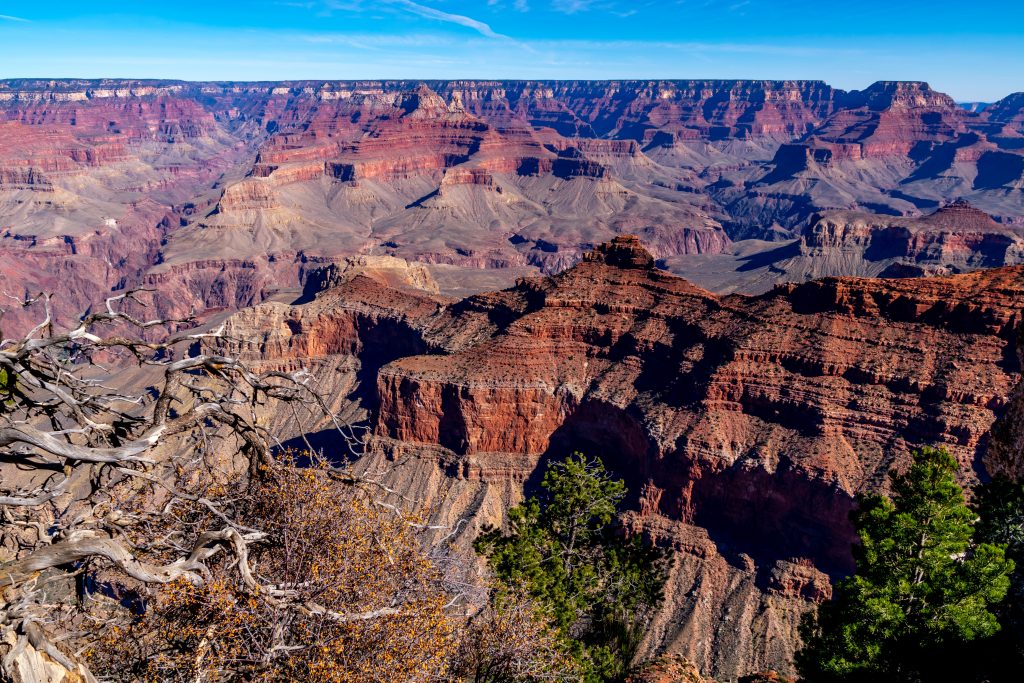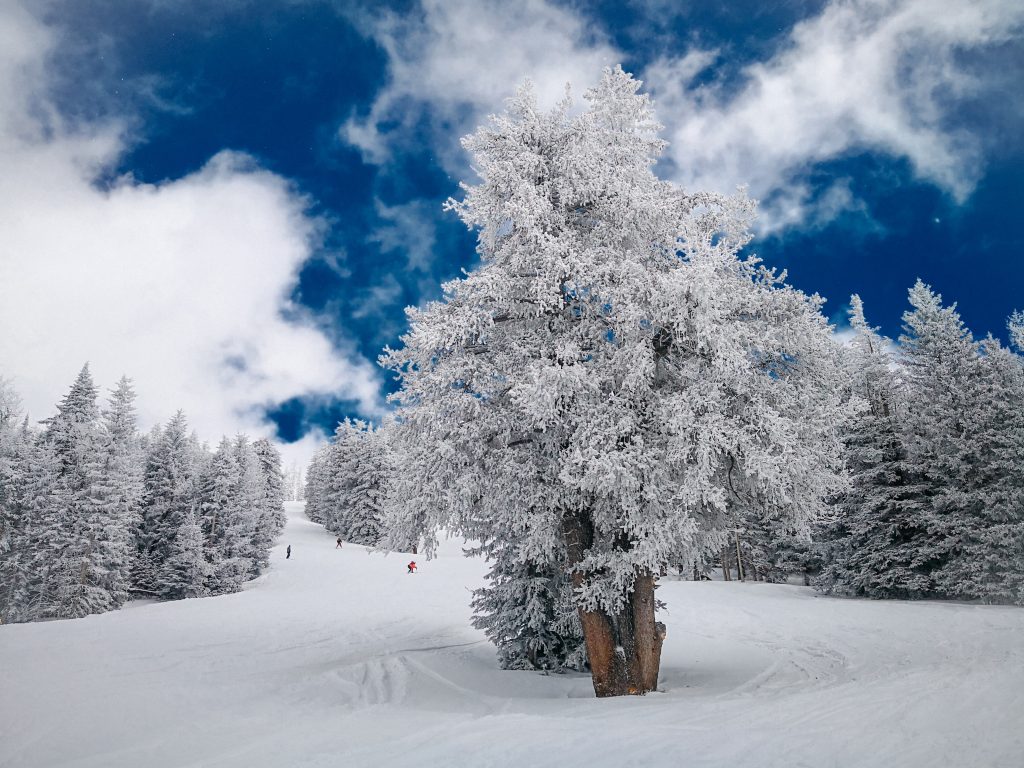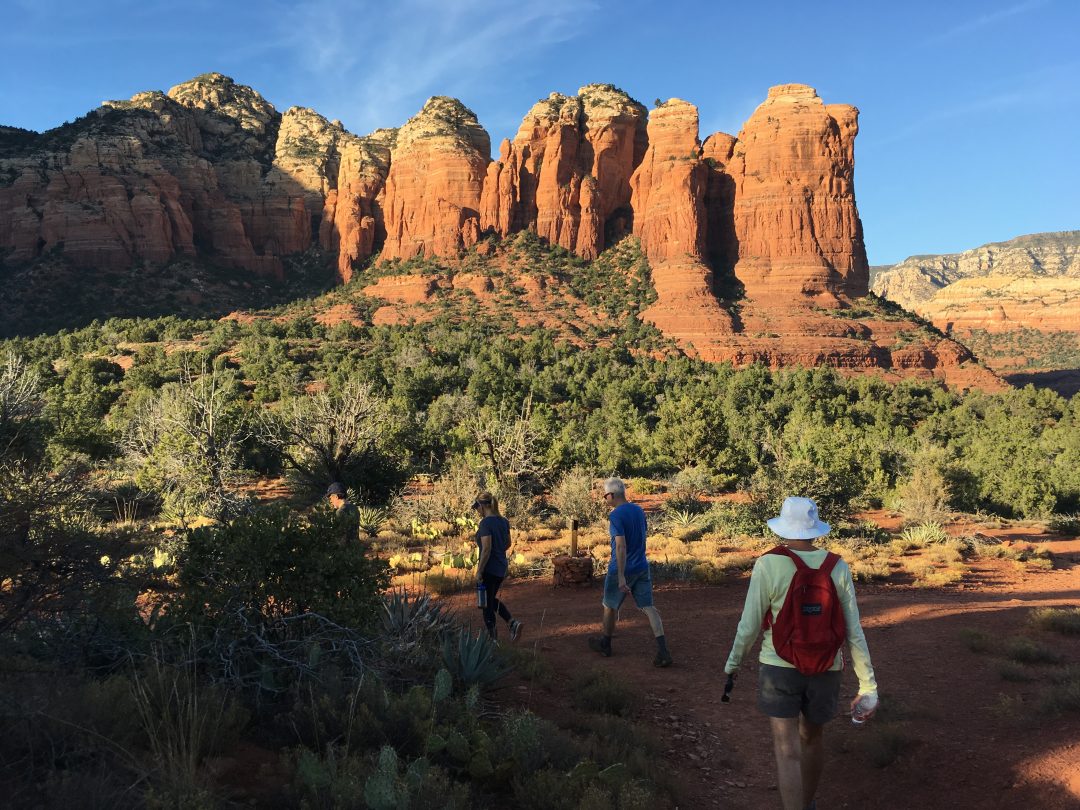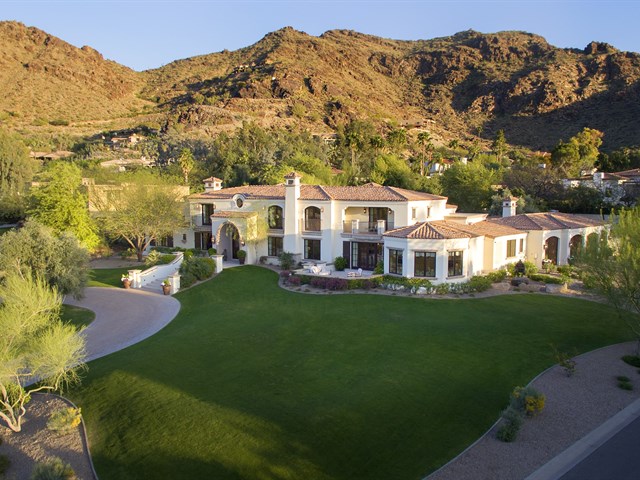Arizona’s diverse and lavish landscape has always been one of the state’s biggest selling points. From the national wonders of the Grand Canyon to the historic ghost and mining towns to the perfectly positioned saguaros and bountiful mountains, there is no shortage of beautiful scenery or outdoor recreation. Mother Nature blessed the 48th state with hundreds of miles of vast open spaces. The Grand Canyon state has been drawing tourists from around the world for over a century and it’s still happening today.
Even during the pandemic, travelers and residents alike continue to show their appreciation and love for Arizona’s outdoors and all it has to offer. While the Arizona Office of Tourism says it may take a little more than a year to get the state’s tourism back to pre-COVID levels, steps are already underway to keep Arizona’s tourism on the map for many years to come. The office recently released a recovery plan that includes accelerating leisure travel activity statewide, stabilizing visitor volume in urban centers, and reinvigorating and strengthening tourism in rural and Tribal areas.
The foundation our industry has built through the best of times will continue to serve us through these challenging times. We’ll use the strategies outlined in our Tourism Strategic Recovery Plan to stabilize, recover and rebuild our travel industry, which supports so many Arizonans.
Debbie Johnson, director of the Arizona Office of Tourism
Among those sizzling factors that keep Arizona a hot spot for tourism – two words – The Weather!
While there’s no shoveling the sunshine here, it can certainly be counted on when it comes to aiding the state’s recovery. With the Phoenix Valley of the Sun averaging 296 days of sunshine, Tucson averaging 284, and Flagstaff averaging 264 days a year with sunshine – Arizona is the ideal state to visit for all the seasons and for all the best reasons. As many travel plans came to a halt, tourists are still making their way to explore Arizona’s parks, trails, lakes, and play its golf courses.
Recreational state parks and trails are open to the public and continue to attract tourists, including a one-of-kind tourist destination like the cave tours at Kartchner Caverns State Park, which resumed in June. The vast open space in Arizona will be cherished for many years to come as the national forest land covers 15% of Arizona. The state is home to 24 national parks, making day trips and weekend adventures all the rage.

After a brief closure and a few added restrictions, our favorite backdrop and Natural Wonder of the World, the Grand Canyon National Park, is open and shuttle service is continuing. The Grand Canyon is unmatched throughout the world for the vistas it offers visitors on the rim. The canyon stretches an impressive 227 miles long and averages over 10 miles wide. On a normal year, Arizona’s premier National Park attracts about five million visitors per year. For those looking to visit, the entry is through the Town of Tusayan. With plenty of available lodging in neighboring Tusayan, the community has renewed its efforts to promote local tourism to Arizona residents.
Tusayan’s Mayor-Elect, Clarinda Vail, remains optimistic, “Since the re-opening of the Grand Canyon National Park we are seeing more tourists in our community and it is a welcoming sight. At 7,000 feet in elevation, Tusayan remains a place for Arizonans seeking some relief from the heat and an opportunity to reconnect with the Grand Canyon or see it for the first time.”

From 5 million visitors at the canyon to 12 million rounds of golf, it is fair to say there has never been a better time to get outdoors and enjoy a round of golf. Home to more than 300 public and private golf courses, Arizona deemed golf an essential activity allowing golf courses to remain open with new protocols set in place for physical distancing. While other sporting events such as Spring Training were cut short this year, the Arizona Golf Association managed to hold its 96th Arizona Amateur Championship in July.

This winter there’s even more reasons to fall in love with Arizona again. Arizona Snowbowl plans to open for the ski season and unveil its new high-speed Agassiz combo lift that will redefine the Snowbowl experience with six-person chairs interspersed with eight-person gondola cabins. The new lift will transport passengers up 2,000 feet of vertical in just 7 minutes – less than half the time of the existing lift. You don’t need to wait for winter to enjoy Flagstaff’s Arizona Snowbowl. During the summer months, enjoy live music events or take in the dramatic scenery of northern Arizona from a bird’s eye view on the Grand Canyon Express lift. As the lift travels up to 10,800 feet, one can see the cinder cone volcanic field, the red rocks in Sedona, and as far as the Grand Canyon on a clear day. No matter the season or the temperature, Arizona offers some of the country’s most spectacular scenery. With its diverse topography and awe-inspiring wonders, pandemic or not, it will surely be the place visitors will return for many years to come.



